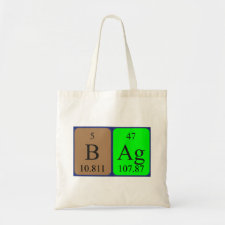
Authors: Kim H, Kaczmarski K, Guiochon G
Article Title: Thermodynamic analysis of the heterogenous binding sites of molecularly imprinted polymers.
Publication date: 2006
Journal: Journal of Chromatography A
Volume: 1101
Issue: (1-2)
Page numbers: 136-152.
DOI: 10.1016/j.chroma.2005.09.092
Alternative URL: http://www.sciencedirect.com/science/article/B6TG8-4HG6FW3-1/2/63623838d1ece89bc211765118e128c4
Abstract: The thermodynamic interactions of two polymers, one Fmoc-L-Trp-imprinted (MIP), the other one an unimprinted reference (NIP), with the two Fmoc-tryptophan enantiomers were studied by frontal analysis, which allows accurate measurements of the adsorption isotherms. These isotherms were acquired at temperatures of 40, 50, 60, and 70 °C, for sample concentrations ranging between 0.005 and 40 mM. The mobile phase used was acetonitrile with one percent acetic acid as an organic modifier. Within the measured concentration ranges, the tri-Langmuir isotherm model accounts best for the isotherm data of both enantiomers on the MIP, the bi-Langmuir model for the isotherm data of Fmoc-L-Trp on the NIP. These isotherm models were selected using three independent processes: statistical tests on the results from regression of the isotherm data to different isotherm models; calculation of the affinity energy distribution from the raw isotherm data; comparison of the experimental and the calculated band profiles. The isotherm parameters obtained from these best selected isotherm models showed that the enantiomeric selectivity does not change significantly with temperature, while the affinity of the substrates for both the MIP and the NIP decrease considerably with increasing temperatures. These temperature effects on the binding performance of the MIP were clarified by considering the thermodynamic functions (i.e., the standard molar Gibbs free energy, the standard molar entropy of adsorption, and the standard molar enthalpy of adsorption) for each identified type of adsorption sites, derived from the Van't Hoff equation. This showed that the entropy of transfer of Fmoc-L-Trp from the mobile to the MIP stationary phase is the dominant driving force for the selective adsorption of Fmoc-L-Trp onto the enantioselective binding sites. This entropy does not change significantly with increasing temperatures from 40 to 70 °C
Template and target information: Fmoc-L-Trp, Fmoc-L-tryptophan
Author keywords: Fmoc-L-tryptophan imprinted polymers, frontal analysis, isotherm parameters, affinity distribution, Heterogeneous binding sites, Temperatures, Overloaded band profiles, enantiomer selectivity, Van't Hoff plot, Entropy, Enthalpy



Join the Society for Molecular Imprinting

New items RSS feed
Sign-up for e-mail updates:
Choose between receiving an occasional newsletter or more frequent e-mail alerts.
Click here to go to the sign-up page.
Is your name elemental or peptidic? Enter your name and find out by clicking either of the buttons below!
Other products you may like:
 MIPdatabase
MIPdatabase









